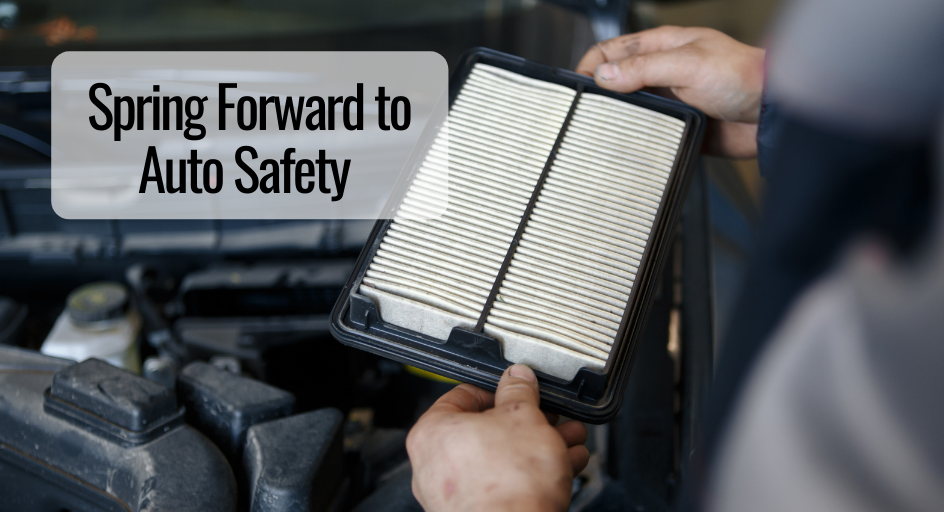Imagine coming home after dinner and a late movie showing, only to find your windows shattered and belongings scattered across the house. You know it is very clear that you have been robbed, but you do not know when this happened, what has been taken, and if the intruder is still inside. Your first priority is always the safety of you and your immediate family, so here are six steps to be familiar with should the inevitable occur.
Call the Police
While it can be tempting to check your valuables first, it is vital that you call the police immediately when you discover the robbery. Do not touch anything inside, as there may be fingerprints or other identifiers that can aid the authorities. It is best to leave your home as quickly as possible, because some intruders may wait in hiding for a time they can cause harm to you and your family. Wait within a neighbor’s home or your vehicle, and be sure to lock all doors.
Check the Property
Once you leave your home, briefly check the surrounding area for pets or family members who may have been inside your home during the break-in. Do not re-enter the home. When you are in a secure space, take note of any unusual vehicles or surroundings. Anything that appears out of the ordinary could become an important part of the authorities’ investigation.
Take Inventory
When the police arrive and determine the home is safe to re-enter, conduct a thorough investigation of all your belongings and valuables. It is a good idea to already have this list created in advance, especially if you have multiple high-value items. If you do not have a list, do your best to create this as quickly as possible for the police report. Take photos of the damage, both inside and outside.
Contact Your Insurance
After the police report has been filed, contact your home or renter’s insurance provider within 24 hours of the incident. In most cases, you will be able to recoup the cost of any damage to your home, and some policies may provide additional reimbursement for stolen belongings. Ask if an insurance appraiser needs to visit in person. If this is the case, you may want to arrange to stay somewhere else until the appraisal can be completed.
Plan Ahead
If you did not have a home security system at the time of the break-in, you will most likely feel safer in the future by installing one. These can include security cameras at all entrances and exits, motion detectors, outdoor lighting, and key-coded alarms that contact the police if they are not turned off. It can take some time to adjust to feeling secure in your home again after a break-in, so do not be afraid to talk to a counselor or support group if you or your family members are struggling.
Take Care of Your Family
One of the most common effects of a home robbery is that family members find it hard to return back to the home when it is repaired and safe to live in again. This is very common, and you may notice that your children want to sleep near you. Even pets can be deeply affected by an intruder, and your furry friend may need to sleep on your bed for a few nights. Be gentle and understand that everyone may need a little extra reassurance as you adjust back to a new normal.
Should the unexpected take place, these steps can help make the process of responding to a home robbery a little less painful. If you feel like your home’s value or personal assets have changed since you originally took out your insurance policy, contact your agent to review your coverage options.









